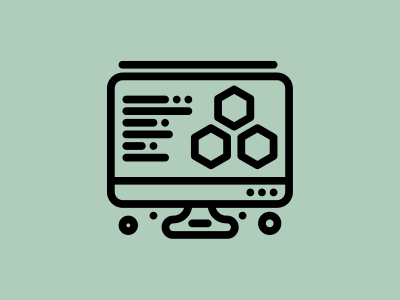Unravel the complexities. Which framework ensures smoother sailing for developers?

In the realm of Python web development, two frameworks have been gaining significant traction: FastAPI and Django. While both serve the purpose of simplifying and accelerating web development, they cater to different needs and preferences. In this article, we’ll delve into a comparative analysis of FastAPI and Django, exploring their features, performance, scalability, and use cases to help you make an informed decision for your next web development project.
Table of Contents
Overview of FastAPI and Django:
FastAPI: FastAPI is a modern, high-performance web framework designed for building APIs with Python. It leverages Python type annotations to enable automatic data validation and documentation generation, making API development fast and efficient. FastAPI is built on top of Starlette and utilizes asynchronous capabilities for improved performance.
Django: Django is a full-stack web framework known for its “batteries-included” approach, providing a robust set of features for building web applications. It follows the Model-View-Template (MVT) architecture and includes components such as an ORM system, admin interface, authentication, and routing.
Performance and Scalability:
FastAPI: Due to its asynchronous capabilities and efficient request handling, FastAPI excels in performance-critical applications. It is well-suited for building real-time applications, APIs serving large volumes of requests, and microservices architectures.
Django: While Django offers excellent performance for traditional web applications, it may face scalability challenges in highly concurrent environments. However, Django’s scalability can be improved by integrating with asynchronous task queues like Celery or deploying with additional caching layers.
Development Speed and Ease of Use:
FastAPI: FastAPI prioritizes developer productivity by providing automatic API documentation generation and easy-to-use features. Its intuitive syntax, built-in data validation, and fast development cycle contribute to rapid prototyping and iteration.
Django: Django’s “batteries-included” philosophy accelerates the development process by providing pre-built components and conventions. Its admin interface, ORM system, and scaffolding tools streamline common tasks, making Django an ideal choice for projects with tight deadlines or where familiarity is paramount.
Community and Ecosystem:
FastAPI: Despite being a relatively new framework, FastAPI has garnered a rapidly growing community of developers. It benefits from the broader Python ecosystem and integrates seamlessly with existing libraries and tools.
Django: Django boasts a mature and extensive ecosystem with a wealth of third-party packages, plugins, and community resources. Its longevity and popularity ensure ongoing support, documentation, and a thriving community.
Use Cases and Project Considerations:
FastAPI: FastAPI shines in scenarios where performance, scalability, and asynchronous capabilities are paramount, such as building high-throughput APIs, real-time applications, or microservices architectures.
Django: Django is well-suited for a wide range of web development projects, including content management systems, e-commerce platforms, social networks, and enterprise applications.
Conclusion:
In conclusion, both FastAPI and Django are powerful Python web frameworks that cater to different use cases and developer preferences. FastAPI excels in high-performance, asynchronous API development, while Django offers a comprehensive toolkit for building full-stack web applications. By considering factors such as performance requirements, development speed, and project scope, developers can choose the framework that best aligns with their project goals and constraints. Whether you prioritize speed, scalability, or versatility, both FastAPI and Django empower developers to create robust and scalable web solutions.




